Animals
20 Unique Animals You Can Spot In America’s Forests
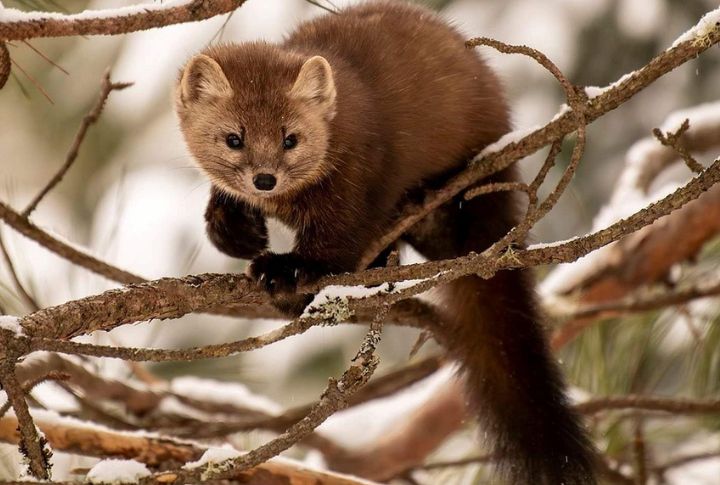
American forests hold more than deer and squirrels—hidden in the burrows and shadows are creatures with surprising traits and rich survival stories. Here’s a lineup of wildlife you probably didn’t know shared the same trails and trees as your favorite nature spots.
American Marten
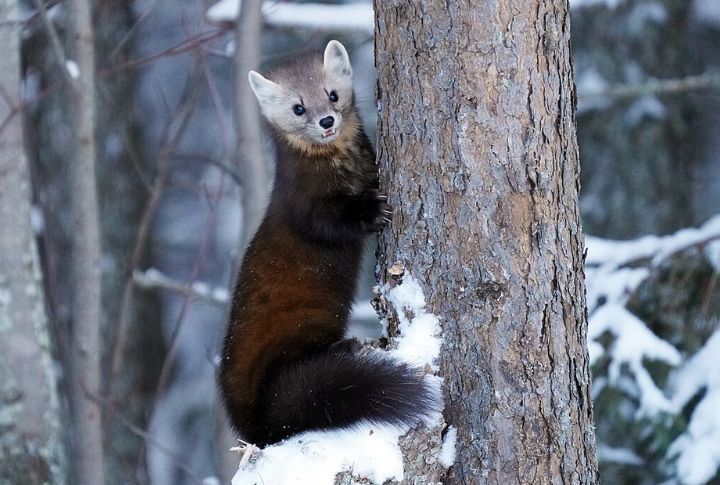
In the northern U.S., mature forests shelter the elusive American marten. This nocturnal mammal slips through trees, expertly climbing down headfirst by rotating its ankles. It often claims abandoned woodpecker holes as dens and belongs to the same family as minks and weasels.
Red-Cockaded Woodpecker
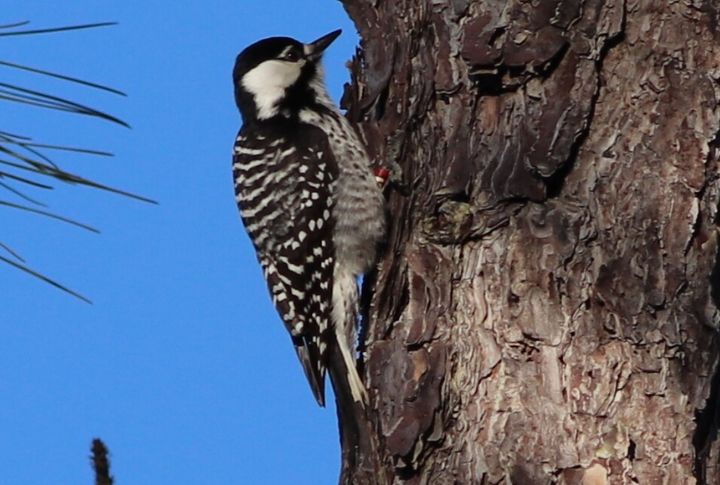
In the Southeast’s longleaf pine forests, the red-cockaded woodpecker carves cavities into living pine trees—something no other North American woodpecker does. Endangered due to habitat loss, it lives in tight-knit family groups and signals forest health wherever it appears across its shrinking native range.
Allegheny Woodrat
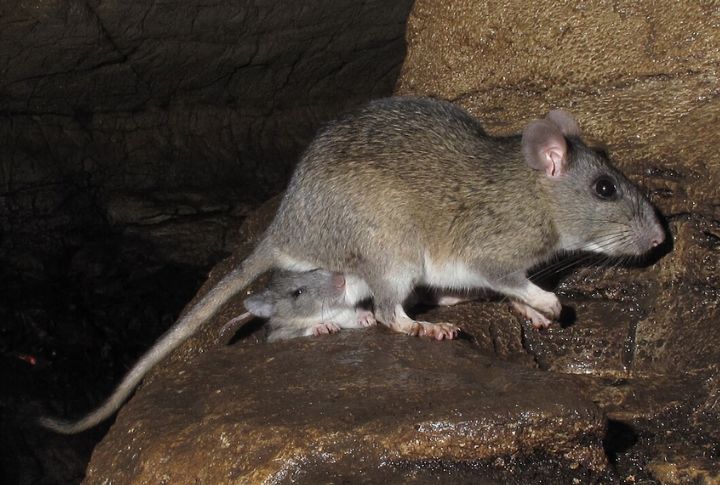
This animal looks more like a fluffy hamster than a typical rat and plays a vital role in dispersing seeds in the wild. It also builds oversized stick nests packed with shiny found objects. It’s considered threatened across many states and lives in rocky forest outcrops throughout the Appalachians.
Pine Marten

This nimble climber uses semi-retractable claws to scale trees with ease and thrives in snowy habitats. You’ll find the Pine Martin in the old-growth forests of the Rockies and northern Great Lakes. Its sharp “chuck-chuck” call stands out in winter woods, but logging has hurt its numbers over the years.
Fisher Cat
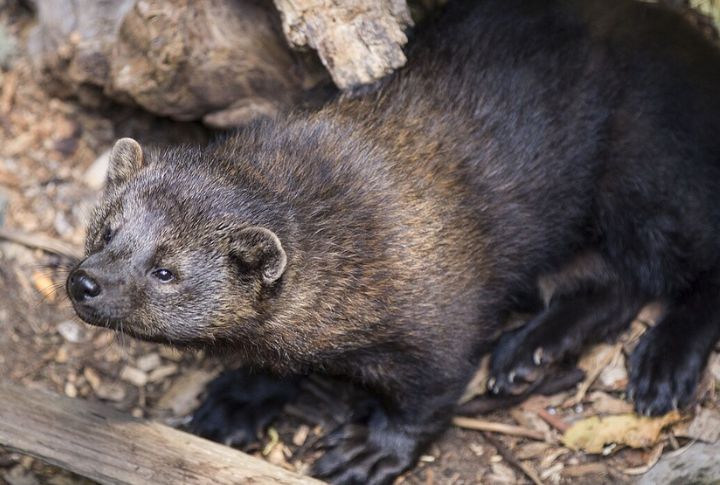
Forests in the Northeast and Pacific Northwest are home to the secretive fisher cat, a skilled predator known to hunt porcupines. Despite the name, it doesn’t fish, and its stealthy behavior makes sightings rare. It does, however, sometimes let out eerie screams that people often mistake for foxes.
Ozark Big-Eared Bat
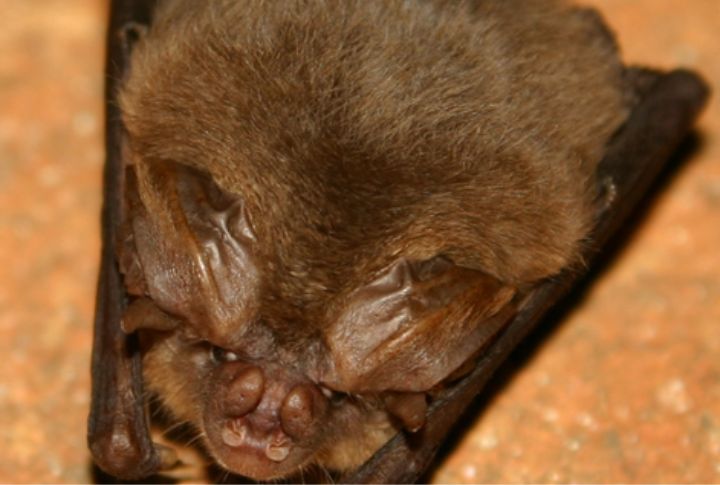
Recognizable by its enormous ears that stretch over an inch long, this aptly named bat roosts in undisturbed caves and mines. Listed as federally endangered, it’s incredibly sensitive to even minor human disturbances. Its entire population is limited to forested caves in Arkansas and Oklahoma.
Appalachian Cottontail
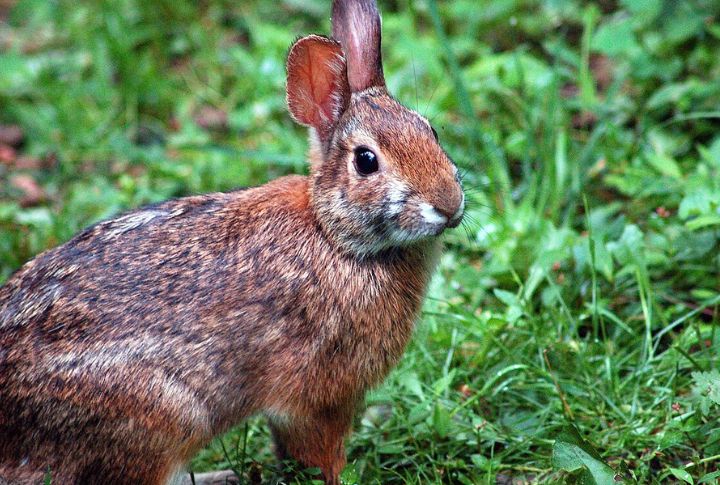
Early mornings and dusky hours are when the Appalachian cottontail is most active, darting through the high-elevation forests of the Appalachian Mountains. Though it resembles the Eastern Cottontail, it’s genetically distinct and much rarer. Its sensitivity to habitat change makes sightings increasingly rare in the wild.
Eastern Spotted Skunk
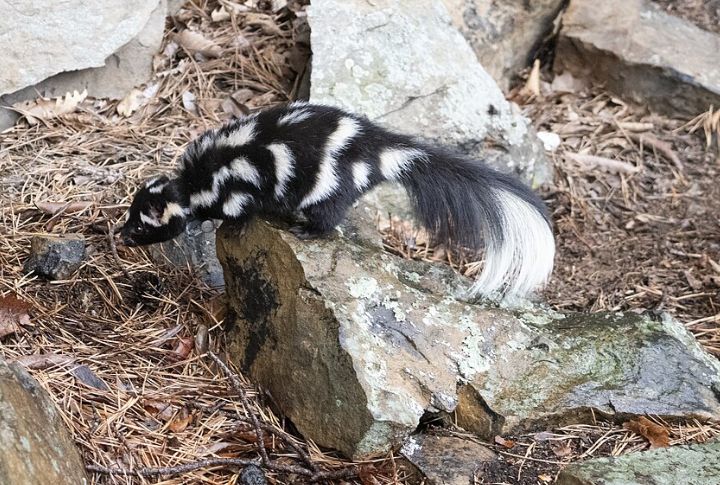
Throughout the southern U.S., the elusive Eastern Spotted Skunk makes its home in wooded thickets and dense brush. It’s far less common than the Striped Skunk and famously performs a handstand before spraying. Agile and lightweight, it climbs well and often dens in hollow forest trees.
Mountain Lion
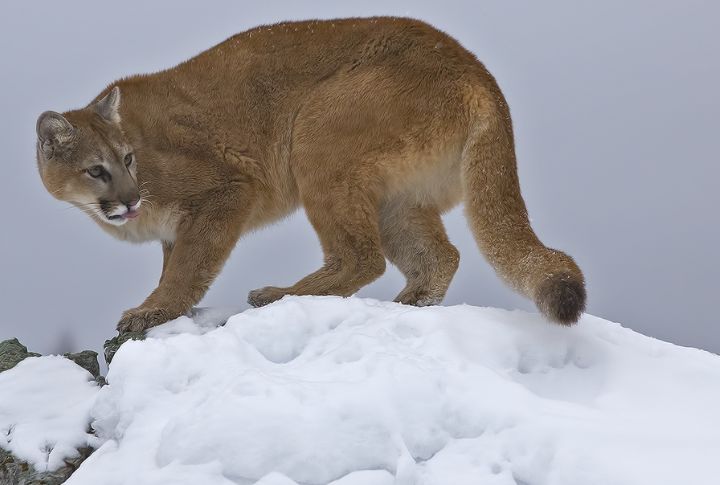
Solitary and often hard to spot, this powerful cat can leap 15 feet straight up and emits a scream-like call during mating season. In both eastern and western forested regions, mountain lions roam remote areas. You may also know them as cougars, pumas, or panthers.
Northern Flying Squirrel
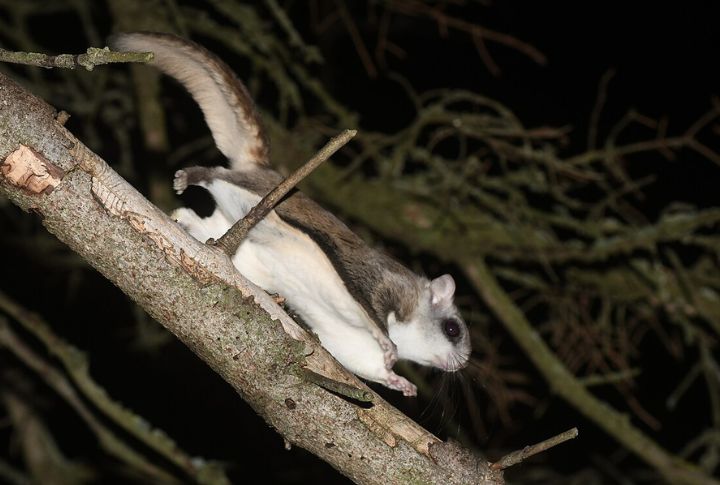
Active only at night, the northern flying squirrel glides between trees using flaps of skin and can cover distances up to 150 feet. These squirrels live inside tree cavities and emit ultrasonic chirps. You’ll find them in the mature forests of the Pacific Northwest and also in some parts of the Northeast.
Hellbender Salamander
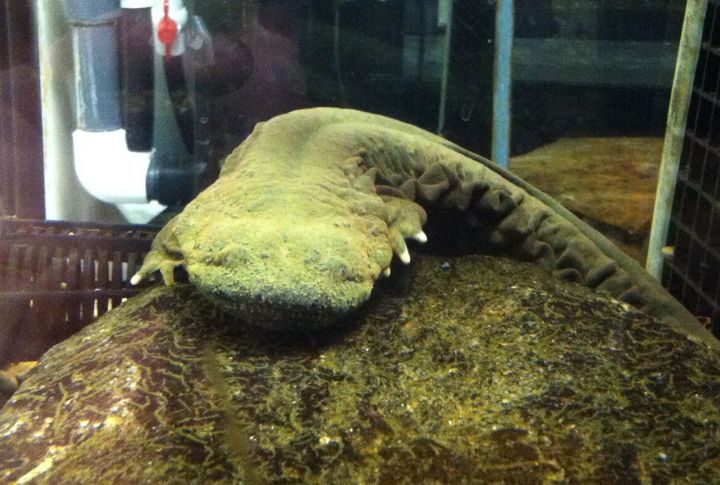
Appalachian forest streams hide the Hellbender—North America’s largest aquatic salamander. Reaching nearly 29 inches, it breathes through folds in its skin and is indicative of excellent water quality. These elusive giants only survive in cool, clean, and fast-moving rivers with rocky beds.
Ringtail
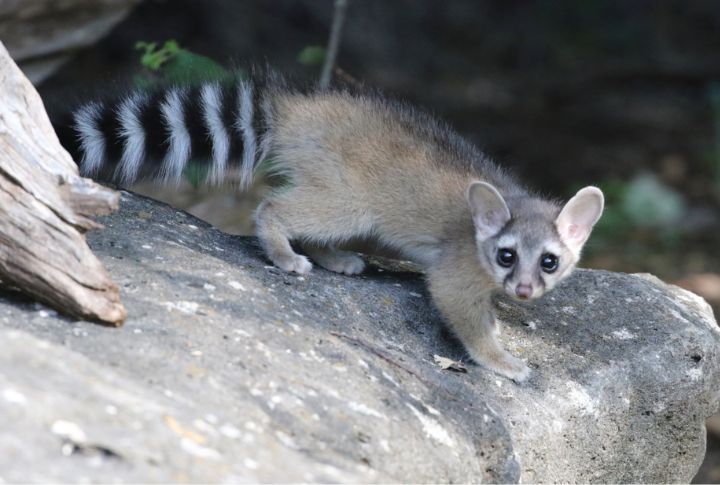
Agile and nocturnal, the Ringtail resembles a cat with its pointed face and banded tail. It can rotate its hind feet 180° to scale vertical surfaces and shelters in rocky hollows and logs. Found across forested regions of the Southwest, it’s a lesser-known cousin of the raccoon.
Marbled Salamander
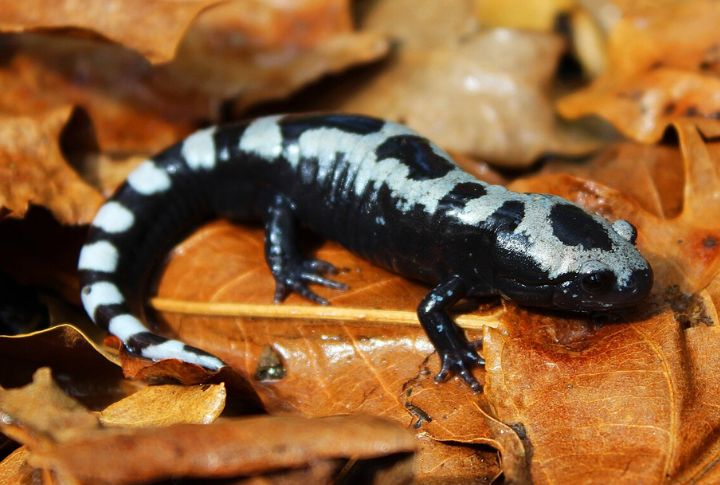
A bold black-and-white pattern sets the Marbled Salamander apart on southeastern and midwestern forest floors. As one of the few amphibians where females guard eggs, it breeds in seasonal pools. This species is often the first to settle in newly formed wetland habitats.
Woodland Caribou
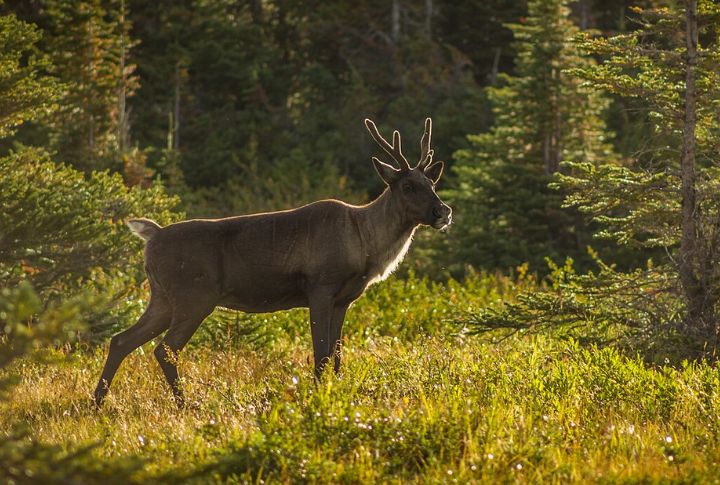
In the U.S., woodland caribou exist in just a few northern forest pockets of Idaho, Montana, and Washington. What sets this species apart is that females, like males, grow antlers—a rare feature among deer. These endangered animals require deep snow and mature forest cover, and they’re surprisingly strong swimmers as well.
Red Wolf

Few animals are as genetically rare as the Red Wolf, which once vanished entirely from the wild. Now reintroduced in protected forest refuges across the Southeast, this striking canid resembles a mix of coyote and gray wolf. It travels in tight family packs and avoids contact with humans whenever possible.
Gray Fox
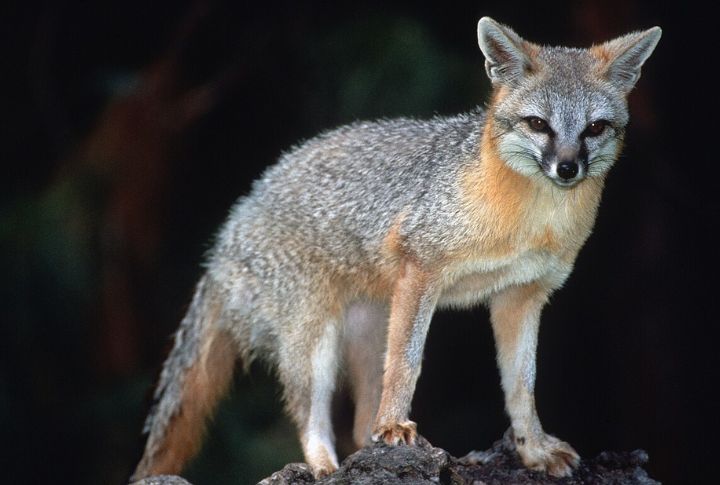
One of the only canids able to climb trees, the Gray Fox moves through dense, brushy forests stretching from coast to coast. Its grizzled coat, black-tipped tail, and sharp instincts help it thrive. This nocturnal omnivore feeds on small animals and fruit, depending on what each season provides.
Rusty-Patched Bumblebee
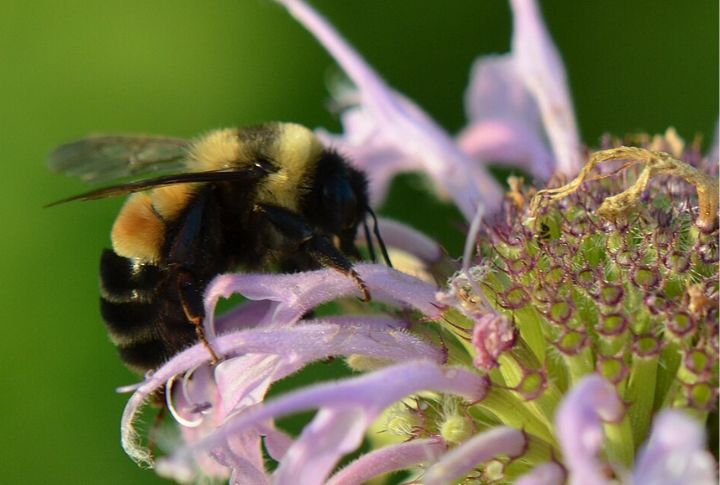
Once a familiar sight along Eastern forest edges, the Rusty-Patched Bumblebee now holds a spot on the endangered species list. Its namesake rusty patch helps distinguish it, and its role in pollinating native forest plants is critical. Unlike honeybees, it’s active even during cooler spring and autumn temperatures.
Green Salamander
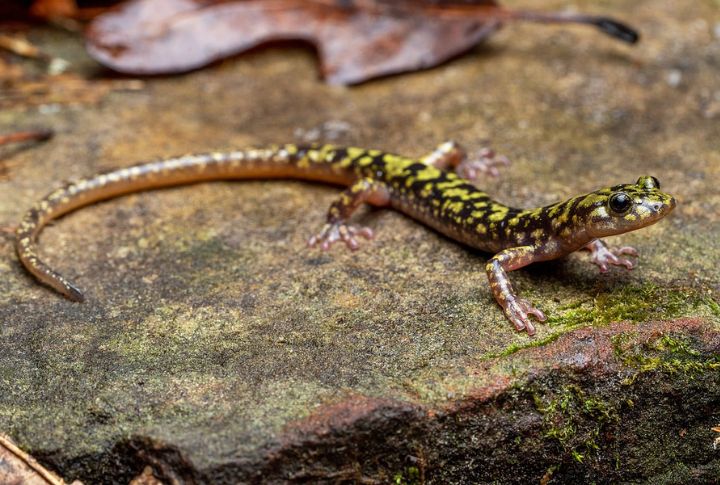
Few amphibians are as tied to one spot as the Green Salamander, which rarely moves more than a few feet once settled. Southeastern forest outcrops covered in moss offer the perfect camouflage. One of the only climbing salamanders, it’s considered state-endangered in multiple parts of its range.
Porcupine
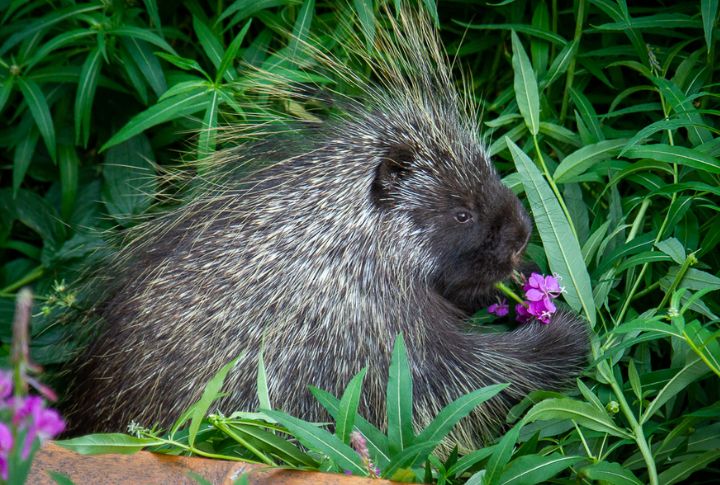
In northern and western forests, porcupines quietly go about their business—nesting in trees, gnawing bark, and relying on 30,000 sharp quills for protection. They emit a strong odor when disturbed and possess teeth that grow constantly, worn down by chewing on wood throughout their daily routines.
Sharp-Shinned Hawk
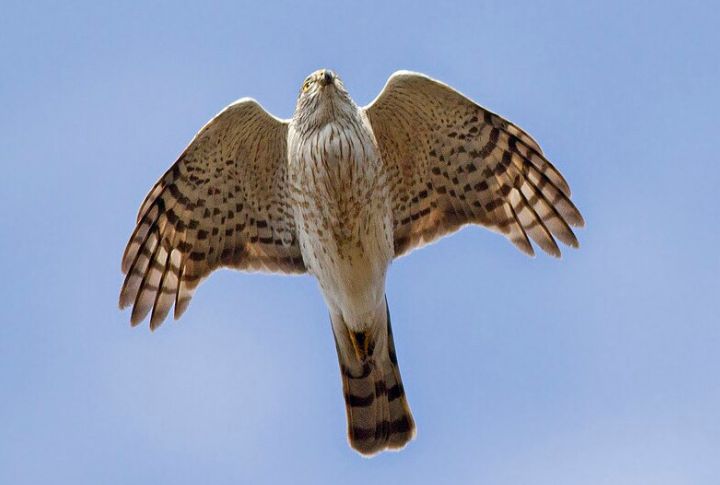
Speed and precision define the Sharp-Shinned Hawk, the smallest hawk species in North America. It’s often busy hunting songbirds in forested areas across the country and excels at zipping through dense branches. During fall, these raptors migrate along wooded corridors to seek out warmer skies and fresh prey.

